Six runners aged 70+ are taking on the Western States 100, defying limits, chasing buckles, and proving that adventure has no age. Meet the legends rewriting ultrarunning’s aging narrative.
Over the years, Western has seen some unforgettable milestones from older athletes: Gunhild Swanson became the oldest woman to finish the race in 2015 at age 70, crossing the line with just six seconds to spare. Ray Piva set an age record at 71 in 1998, which stood as the record for the oldest finisher until Nick Bassett finished at 73 in 2018. These aren’t just records, they’re testaments to perseverance, long-term love of the sport, and a refusal to stop showing up.
This year, six athletes aged 70 and above will take on the challenge of the canyons and the high country: Jan Vleck, Michel Poletti (yes, that Michel Poletti, co-founder of UTMB), Nick Bassett, Jim Howard, Ed Willson and Michael Koppy. Whether they’re chasing cutoffs, community, or one more buckle, they’re all rewriting the story of what aging in ultrarunning looks like. Here area few of their stories.

Want to know more about racing over 70? Fellow runner Ken Ward is leading a research initiative on aging athletes with a focus on Western States.
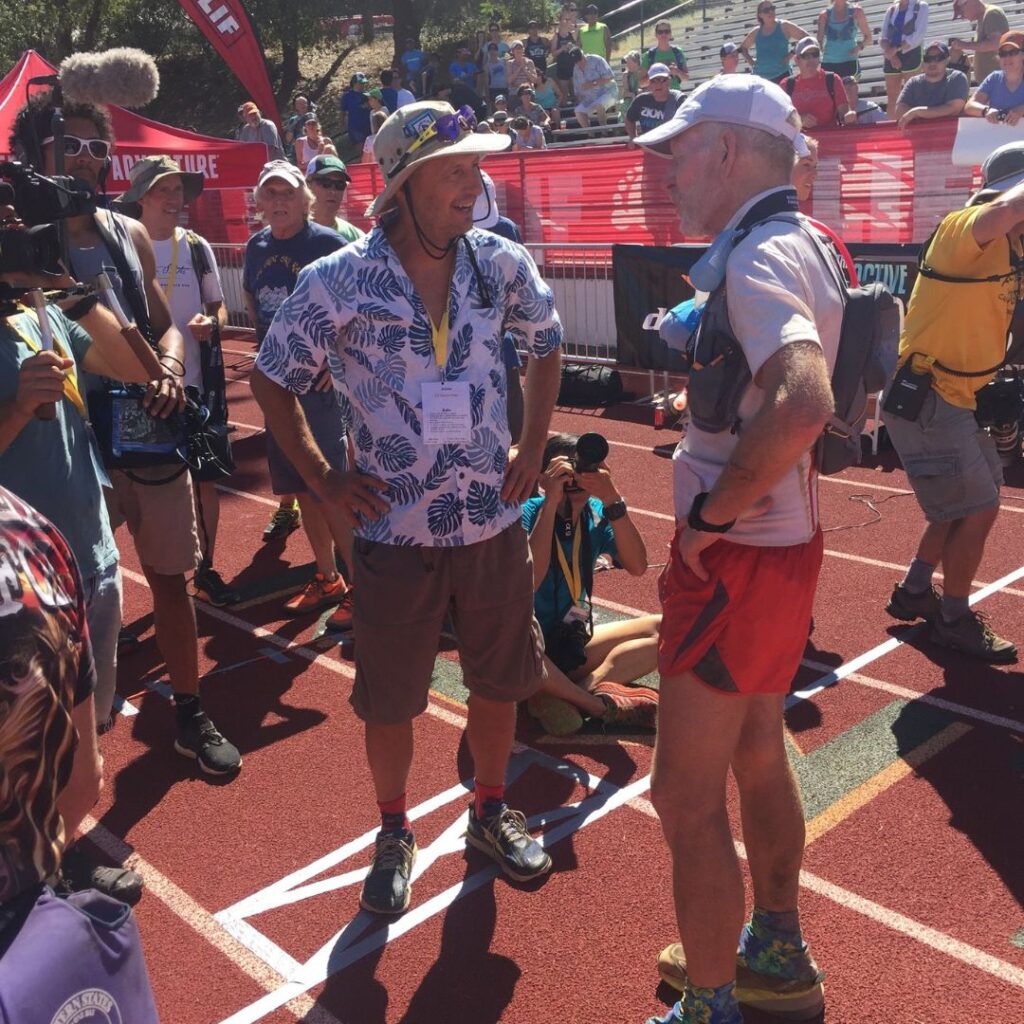
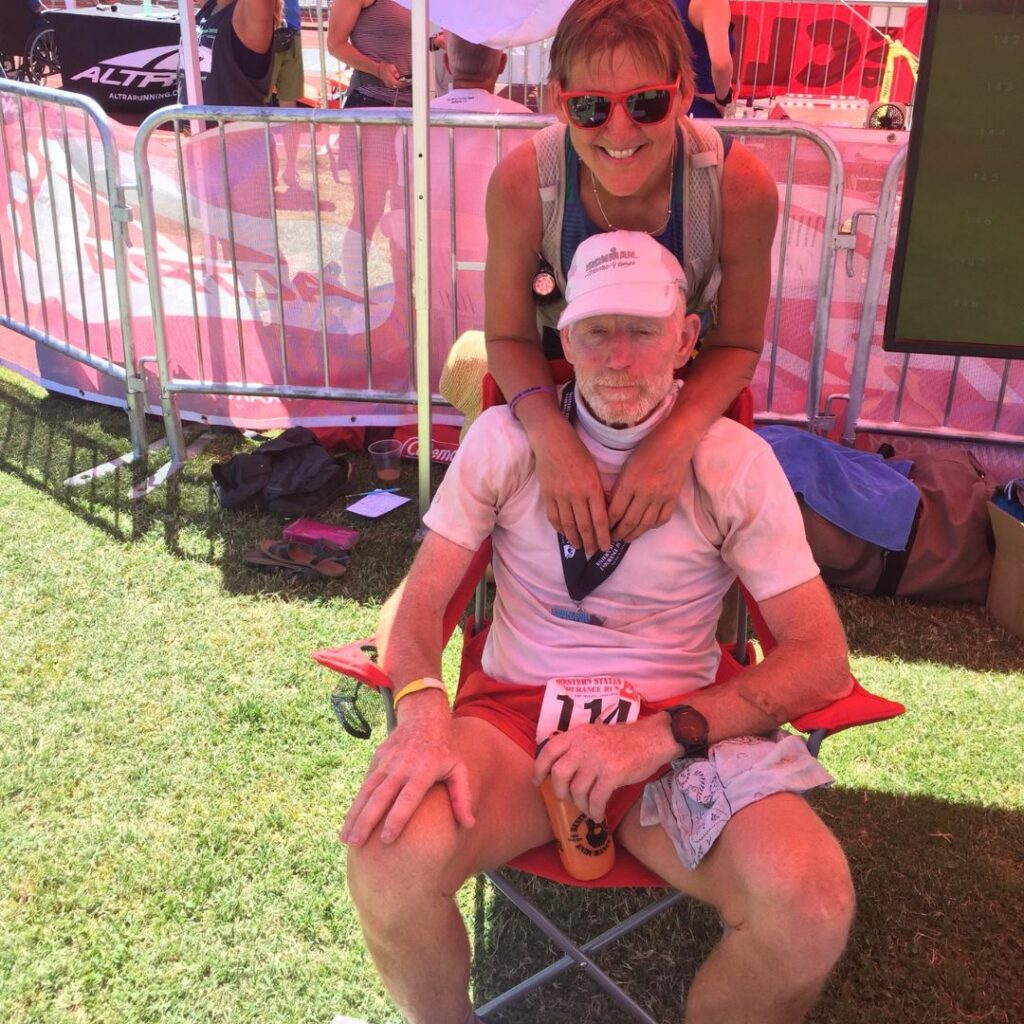
Nick Bassett didn’t grow up a runner,he became one out of practicality. “In 1980, I was about to turn 36, and my New Year’s resolution was to lose 20 pounds,” he says. A friend mailed him a 12-week marathon training plan, and the rest was history. “He was my age and said he lost 15 pounds training, so I figured I’d try it. I’d never even thought about running before.”
But he stuck with it. Within a few years, he’d completed several races and was talked into running a 50-miler by a local junior high track coach. “I thought he was nuts,” Nick says. “But he told me only a couple people in town had done it, so I gave it a shot. That was Memorial Day weekend in 1983.” That same coach showed Nick his silver belt buckle from Western States, just a week later, Nick applied. He got in for the 1984 race, his first 100-miler. “That first finish was unforgettable. I just love the mountains. Every single one of my Western finishes has been special.”
Now 80, Nick’s training looks different. “You can’t train like you used to—it’s just a physical impossibility,” he says. He walk-runs five or six days a week, hits about 40 to 45 miles, includes hill work and some stretching, and lifts weights, but casually. “I’m not a gym rat,” he clarifies.
His favorite part of racing? “It was always a social activity for me. A chance to see what kind of shape I was in. I was always a middle-of-the-pack guy, but always happy to finish.” And these days, that’s more than enough. “The challenge now is that my mind wants to go, but my body just says, nope. It won’t let you do it, no matter how much you try.”
His advice for staying in the game: “If you enjoy it, do it. But give yourself 3–4 months a year without training plans or races. Your body needs a break.”
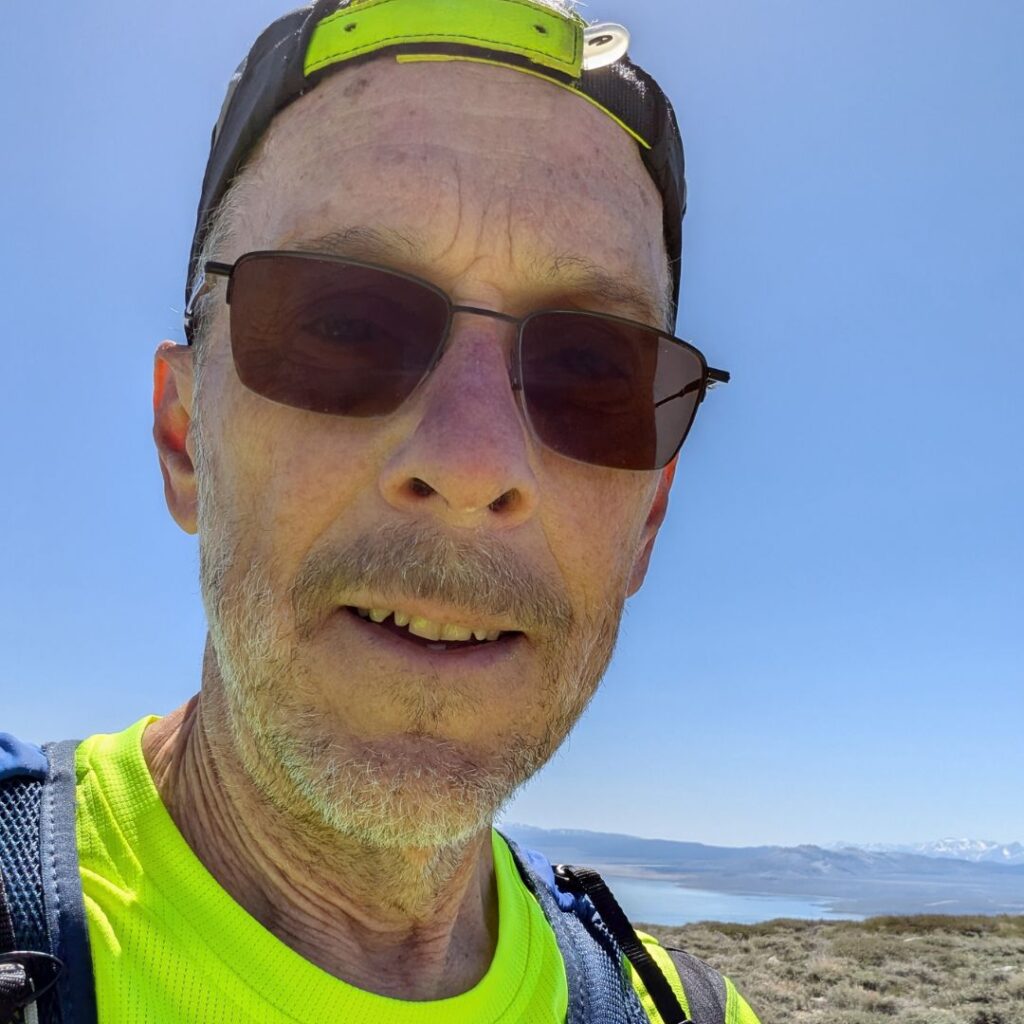

Jan Vleck’s entry into running wasn’t exactly poetic—it was bureaucratic. “I lived two houses down from the wellness coordinator at the hospital I worked at, and he kept giving me grief about not logging anything in the fitness program,” he says. At the time, Jan figured working on his rural property counted as enough activity. But to appease his neighbor, he started doing short runs. “Just 20 minutes here and there so I could log something. Now I’m running 50 to 60 miles a week training for Western. I really should tell him the long-term outcome of his nagging.”
Jan didn’t grow up running ultras, he spent his younger years backpacking. But after a rainy, muddy 50K in Tacoma, he caught the bug. “That was the Defiance 50K. I was soaked and sliding around and I just loved it.” That same year, he started dreaming of Western States, even attending training camps in 2018 and 2019, before he’d even run a qualifier. “I had no idea where I was on the course,” he says. “I just remember running, meeting Gordy Ainsleigh and Tracy Falbo, and thinking, ‘Yeah, I want to be part of this.’”
Now in his 70s, Jan is training hard, 50 to 65 miles a week, with 4,000 feet of vert, all while focusing on sleep, nutrition, and recovery.
He’s connected with other older runners, and says they’ve been “uniformly helpful with advice and encouragement.” His biggest motivator? “I tell all my friends to track me. It’s a psychological trick, if I know they’re watching, I’ll keep going.”
Jan’s motto is “HOT FOB”: Head On Top, Feet On Bottom. “At least that’s the goal,” he says. “Not always achievable, but especially important with age.”


Ed Willson has been running nearly all his life, except for a 20-year detour with cigarettes. “When I was 12, I discovered smoking. In Virginia, that’s kind of a thing,” he jokes. But in 1982, he quit cold turkey. “I’d gained 50 pounds. A friend told me a 6-minute mile was really fast, and I said, ‘I used to run several of those back to back.’ So we went to the track to try, and crashed out after two laps. Still panting from the attempt, he resolved to quit smoking and get in shape.
Quitting smoking reignited his love for running, and four years later, he picked up Ultramarathons: The Next Challenge and ran a 70-miler, which he won. “I thought I was hot stuff. Then I entered a race with more than 10 people and realized, nope, I’m just middle of the pack,” he says with a grin. Still, he kept at it. After a rough go at Western in 1997 and a better finish in 2000, he trained with Craig Thornley in 2005 and finally learned “how it’s really done.”
Now 71, Ed’s making a big return. “I’ve got two new knees and no pain, which is a miracle.” His training pillars are straightforward: 50 miles a week, some speed work, strength training, and, most importantly, don’t get injured. “At this age, I can’t get away with doing dumb things anymore.”
His proudest Western moment came in 2005. “I was dead-man staggering on Cal Street. Megan Canfield pushed me, Curt Ringstad cajoled me, and I was done, just done. But then I came back to life at No Hands and ran the 10th fastest split that year. Finished in 23:58. That kind of turnaround is hard to explain. It was just pure joy.”
Now, he’s not chasing time. He’s chasing moments. “As long as there are events that feel like an adventure, I’ll keep signing up.”
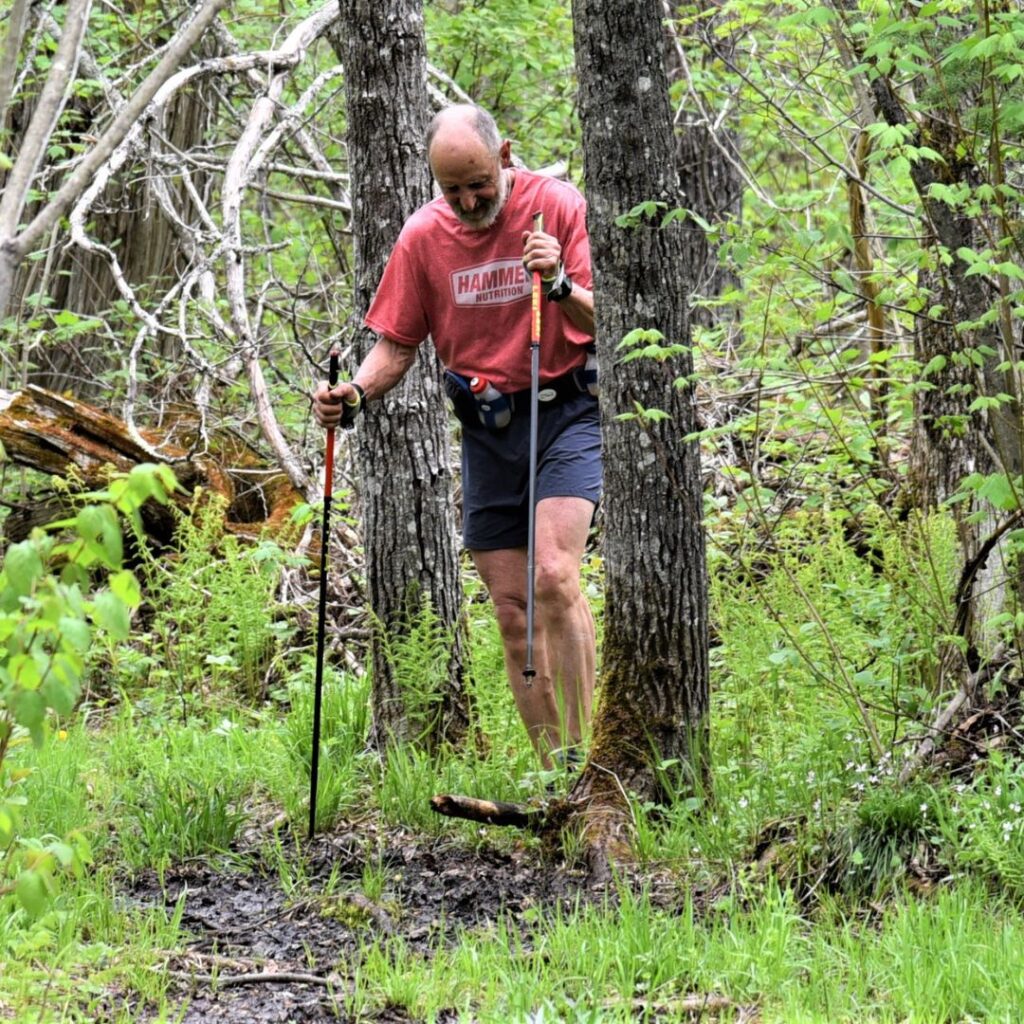
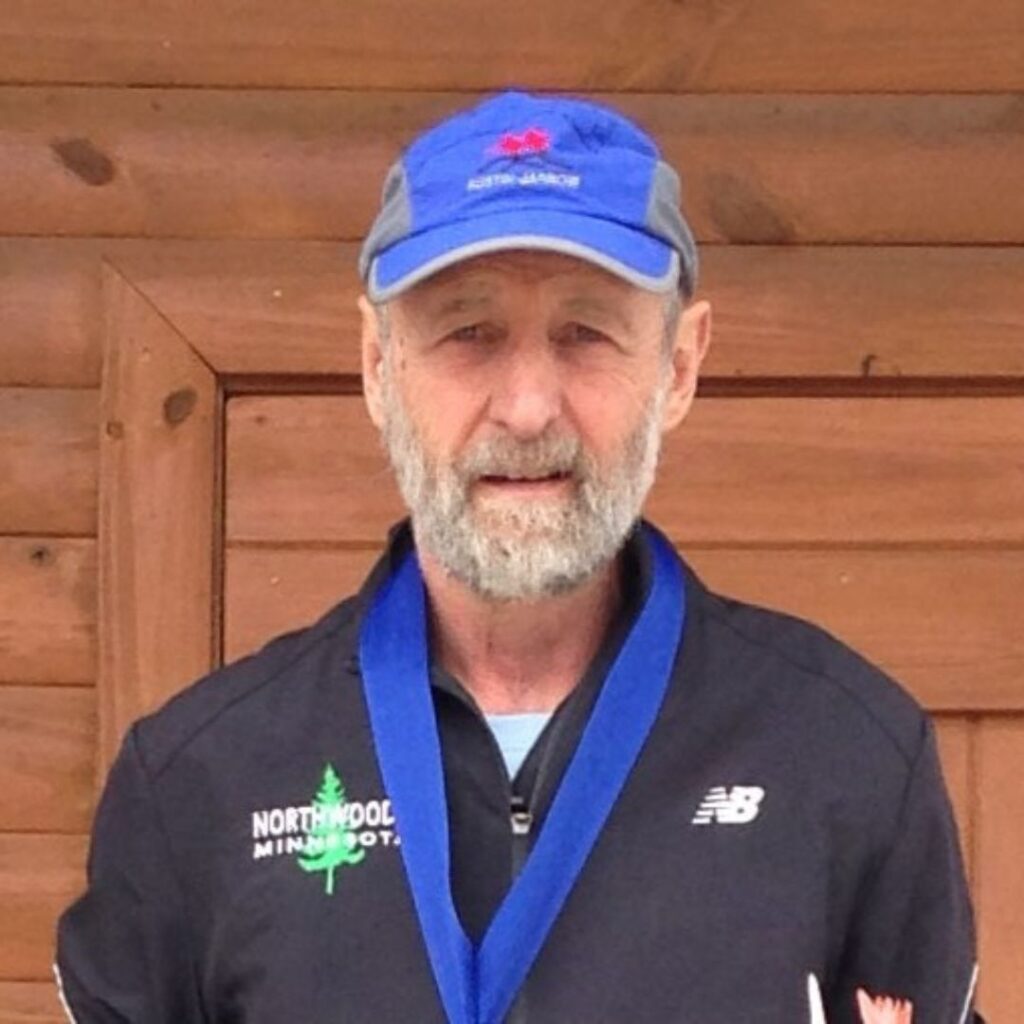
Michael Koppy has been trying to get into WSER for over a decade. This year, it finally opened. At 74, he’s not just trying to finish, he’s hoping to become the oldest person to complete the race within the 30-hour cutoff. “Just being here is important,” he says. “It shines a light on what older athletes are still capable of.”
Michael’s path to the start line hasn’t been easy. When he was two, he, his mother, and brother contracted polio. He was the only one who survived. “They told me I’d always walk with a limp—and definitely never run something like Western. But here I am.”
To train, he uses a non-motorized treadmill and a system called LightSpeed to safely do speed work. “You have to get creative,” he says. But creativity isn’t the only thing that keeps him going, he’s also raising money for the YMCA, an organization he believes is deeply misunderstood. “It’s more than a pool and a gym. It’s a community.”
Michael says that what defines a “good performance” has changed over time. “When I was younger, I measured myself against others. Now it’s all about my own standards.” And yes, he admits he likes hearing that he’s inspiring other people. “That part feels good. But really, I just want to see what I can do.”
His advice for other older runners? “Do weights, keep moving however you can, and don’t compare yourself to anyone else. Comparison will kill the joy.”
Definitely inspiring! Thanks for sharing!!! All comparison kills the joy. With what life has thrown at me. I’m great full to be standing.
I had the benefit and pleasure to run many miles with Michael Koppy in my first Canyons 100K, the last year it went from Auburn to China Wall. I was 55 and he was 71. Though we didn’t get to talk too much (I talked to his running partner who was between us on the trail), I hitched myself to them and enjoyed the comradery and mental support running with them provided as we made our way towards Forest Hill. I learned of his long term persistence and desire to get into WS100. He’s a best and has finished a 200+ miler each of the last 3 years, including Cocodona 250 last year. Michael, you are a beast and an inspiration!